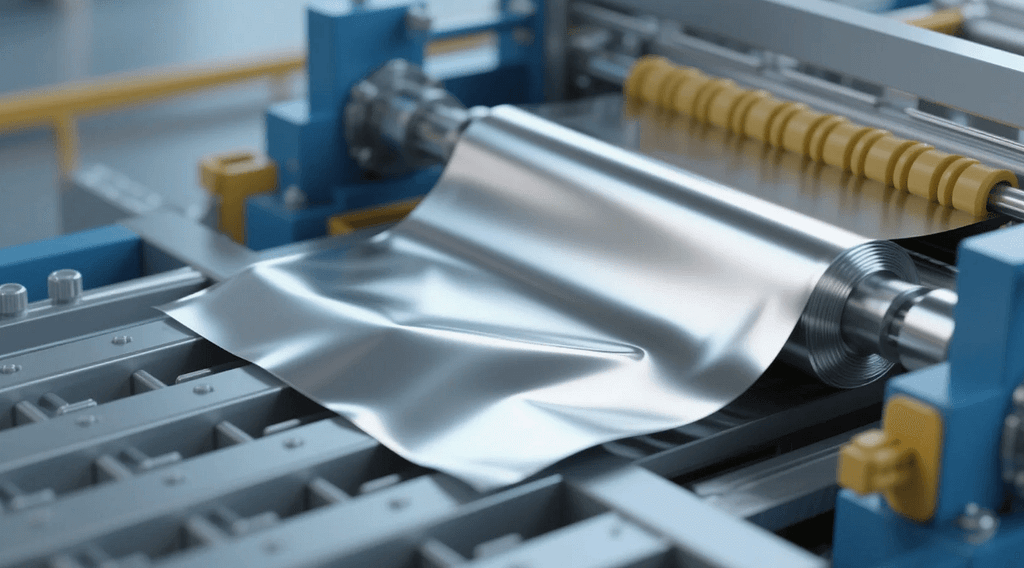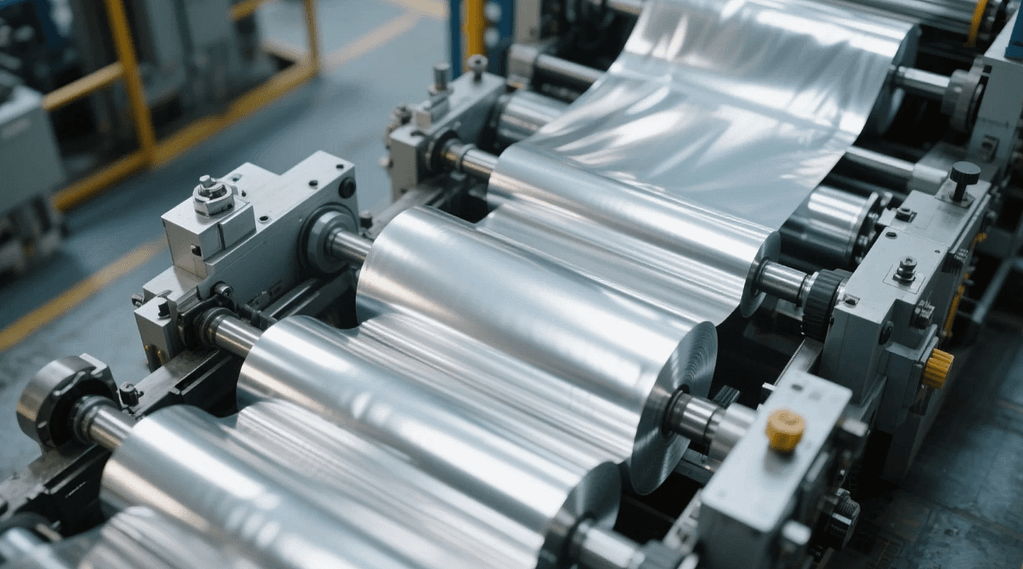Aluminum foil, a thin sheet of aluminum alloy, is a cornerstone of modern manufacturing. Renowned for its flexibility, thermal conductivity, and corrosion resistance, it has evolved from household uses to critical industrial applications. This article explores its manufacturing process, industrial significance—particularly in modeling—and addresses common challenges with actionable solutions.
1. Manufacturing Process: Precision from Ore to Foil
Aluminum foil production begins with refining bauxite into alumina (Al₂O₃) via the Bayer process3. The alumina is then electrolytically reduced to pure aluminum, which is rolled into thin sheets. Key steps include:
- Hot Rolling: Initial reduction of aluminum ingots into thick strips.
- Cold Rolling: Repeated thinning to achieve micrometer-level thickness (typically 0.006–0.2 mm)2.
- Annealing: Heat treatment to enhance ductility and eliminate brittleness.
Advanced techniques like laser cutting and surface texturing enable precise customization for industrial needs5. However, challenges such as uneven thickness and surface defects during rolling require stringent process controls2.
2. Properties Enabling Industrial Applications

Aluminum foil’s unique characteristics make it indispensable:
- Thermal Conductivity: Efficient heat dissipation in electronic components and HVAC systems.
- Barrier Properties: Blocks moisture, light, and gases, ideal for packaging sensitive materials.
- Lightweight: Critical for aerospace and automotive lightweighting7.
- Formability: Easily molded into complex shapes for prototyping and industrial models5.
3. Industrial Modeling: A Niche of Precision
In industrial modeling—a field bridging design and production—aluminum foil plays a pivotal role:
- Prototyping: Used to create lightweight, heat-resistant mock-ups for automotive and aerospace components7.
- Thermal Management: Integrated into electronic models to simulate heat dissipation in circuit boards1.
- Surface Replication: Laser-patterned stamps transfer microstructures onto foil for textured models, aiding aerodynamic testing5.
- Shielding: Electromagnetic interference (EMI) shielding in communication device prototypes1.
Case Study: In automotive design, aluminum foil models validate airflow dynamics, reducing prototyping costs by 30% compared to traditional materials7.
4. Challenges and Solutions in Industrial Use
Despite its advantages, aluminum foil faces operational hurdles:
| Challenge | Solution |
|---|---|
| Surface Corrosion | Apply protective coatings (e.g., polymer films) to prevent oxidation8. |
| Adhesion to Molds | Use anti-stick coatings on dies to avoid foil tearing during forming8. |
| Thickness Variability | Implement real-time monitoring systems in rolling mills2. |
| Thermal Degradation | Optimize annealing parameters to enhance high-temperature stability2. |
For instance, in low-pressure die casting, mold corrosion due to aluminum adhesion is mitigated by advanced Fe-Al-Si intermetallic coatings8.
5. Future Trends and Sustainability
Innovations are reshaping aluminum foil’s role:
- Smart Foils: Integration with sensors for real-time thermal or strain monitoring in industrial models.
- Recycling: Over 75% of aluminum foil is recyclable, aligning with circular economy goals3.
- Additive Manufacturing: Binder jet printing explores foil-based composites for complex geometries6.
Conclusion
Aluminum foil’s versatility and adaptability cement its status as a critical material in industrial modeling and beyond. By addressing production challenges and leveraging emerging technologies, industries can unlock new efficiencies and sustainable practices.
